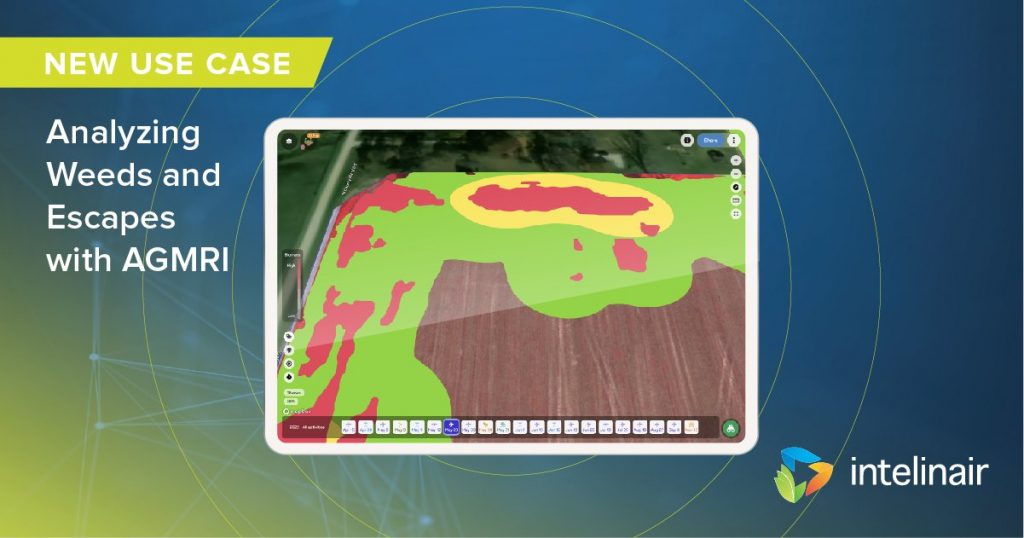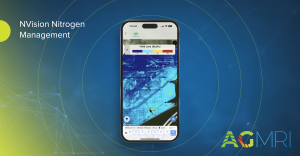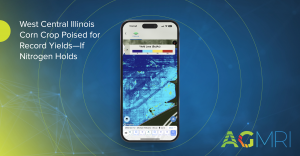AGMRI uses infrared imagery to analyze weeds and escapes to create maps identifying where there may be pockets of weeds through the V6 growth stage for corn and 35 days for soybeans.
How it Works:
AGMRI uses infrared technology to detect plant material believed to be weeds and marks accordingly the density on the weed map. If a field has recently been sprayed with herbicide per available machine data and there are weeds detected, an alert will trigger as a weed escape notification.
Consider scouting the field in order to identify the weed species present and the growth to determine next steps.
Use Example:
When evaluating weed pressure, AGMRI users can pull up the weed map to understand exactly where to scout a field for weeds. Also using the map they can determine the acres affected by weeds or weed escape.
The weed map can also be used to see how your weed control program is holding up, check back after a spray application to see if weeds are still present, or adjust the rate of herbicide according to the label use rate.
Comparison of Alert Versus Imagery
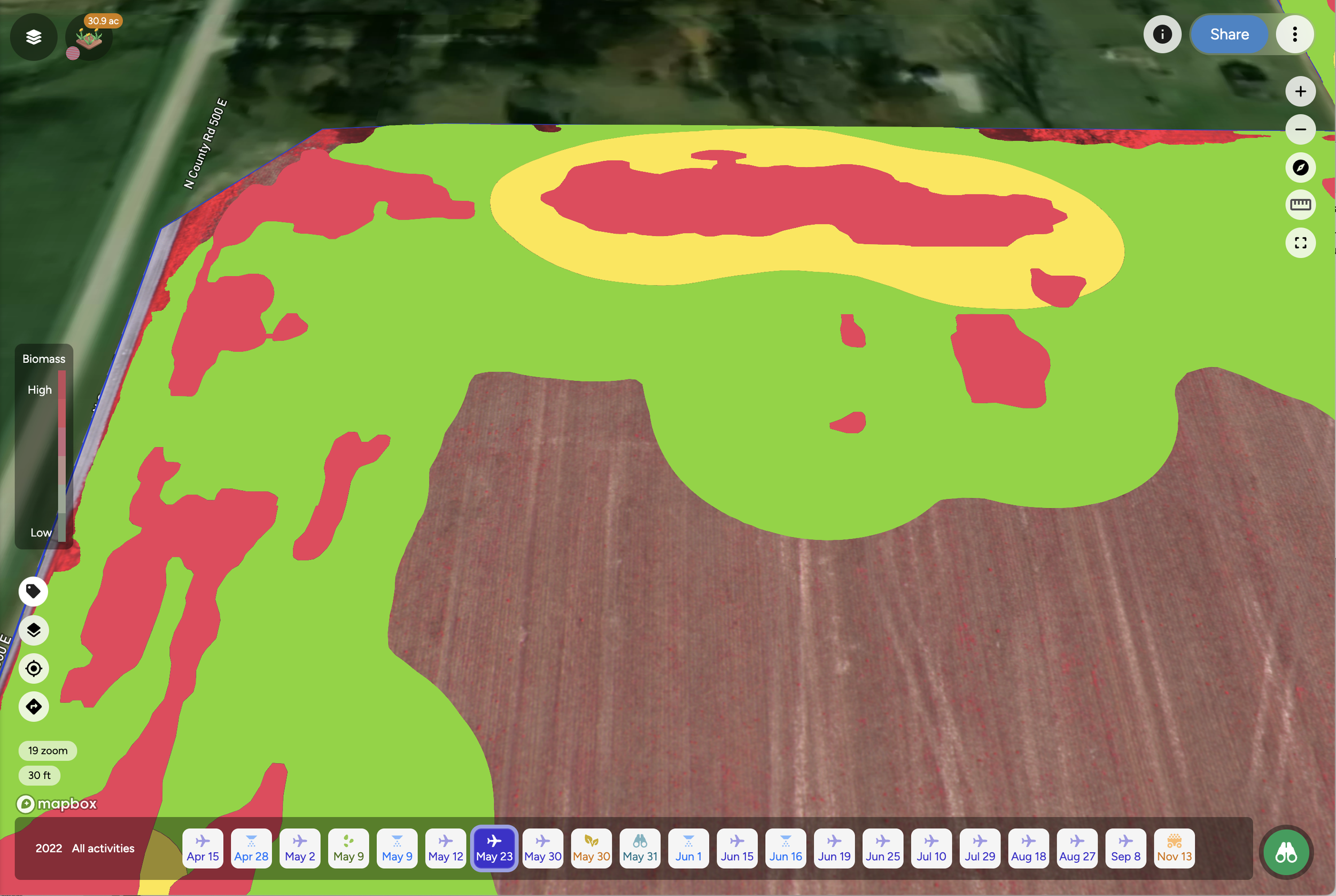
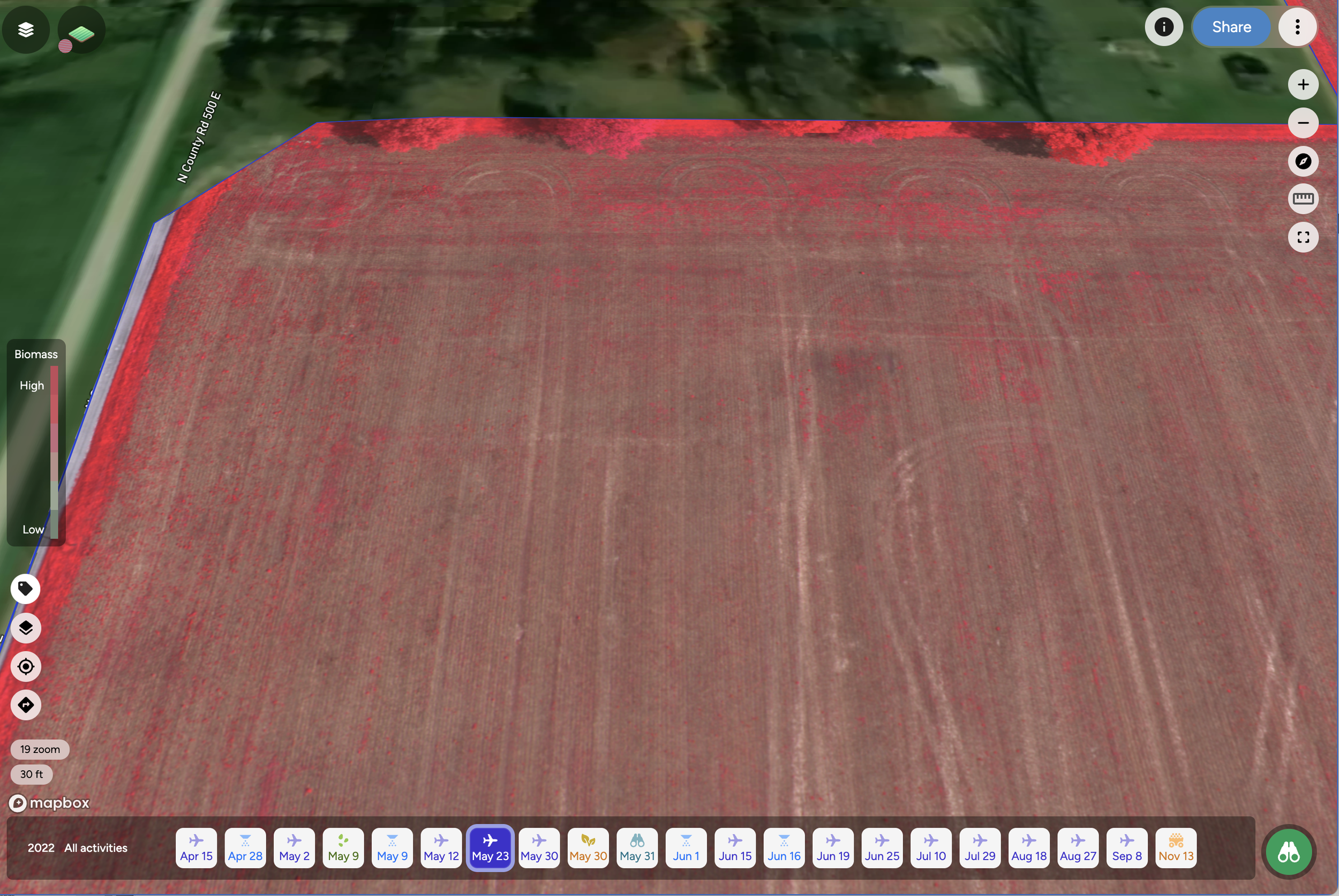
AGMRI Use + Solution:
AGMRI alerts users to areas of weed concentrations, helping to ease time constraints and increase efficiency. With the map, users can know exactly where in the field they need to review. In this situation, they were able to identify the best solution to mitigate the exact weed species found in the field.
Scouting Tip:
AGMRI makes scouting for weeds quick as you know exactly where to go. Capture these observations in the AGMRI tool to determine next steps:
-
Identify weeds present – Many universities have great resources including apps or pocket guides.
-
Note the weed height or stage of weed.
-
Determine concentration or area – AGMRI bird’s eye view can also help quantify acres affected.
Contact us for more information or to schedule an AGMRI demo.

